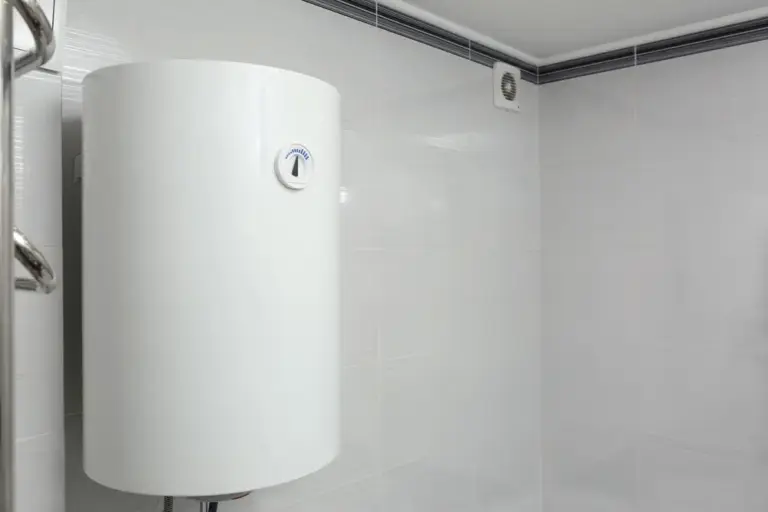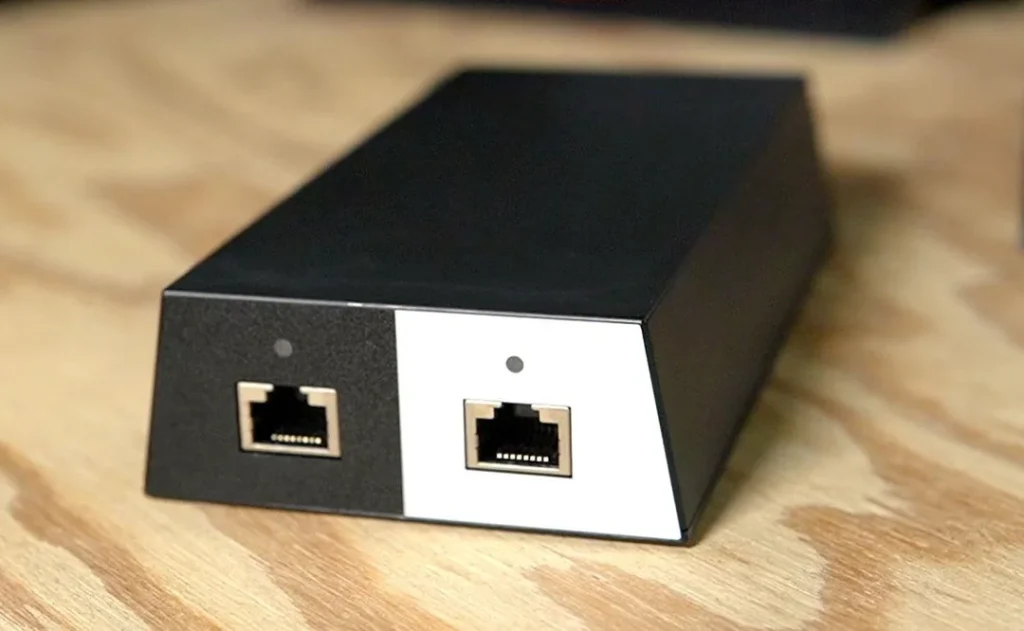
As Starlink continues to revolutionize internet access across the globe, understanding the power requirements and setup for Starlink installations has become increasingly important for both residential and RV users. This article delves into the intricacies of the Starlink power supply, addressing the key question: “How much power does Starlink use?” We will also explore the different power supply options available for both residential and RV installations, providing insights to ensure optimal performance and efficiency.
The Starlink Power Supply: An Overview
Starlink’s satellite internet service relies on a ground-based dish, commonly referred to as a “Dishy,” which communicates with a constellation of low Earth orbit (LEO) satellites. The power supply for this system is a crucial component, ensuring that the Dishy operates efficiently, regardless of the installation environment.
Components of the Starlink Power Supply
- Power Over Ethernet (PoE) Adapter: Starlink installations typically include a PoE adapter, which provides both power and data connectivity to the Dishy. This adapter simplifies the setup process, reducing the need for multiple cables.
- Router and Power Brick: The Starlink kit includes a router, which comes with its own power brick. This router distributes the internet connection throughout your home or RV.
- Dishy Power Consumption: The Dishy itself requires a stable power source to operate effectively. It is designed to handle various environmental conditions, from extreme cold to intense heat.
How Much Power Does Starlink Use?
One of the most common questions regarding Starlink installations is about power consumption. Understanding this aspect is vital for planning and ensuring your electrical infrastructure can support the system.
Typical Power Consumption
The power consumption of Starlink’s Dishy varies based on usage and environmental conditions. On average, users can expect the following:
- Idle State: When the Dishy is in an idle state, it typically consumes around 45-50 watts of power.
- Active State: During active use, such as streaming or heavy internet usage, power consumption can increase to approximately 100-150 watts.
- Peak Usage: Under peak conditions, especially in harsh weather, power consumption may rise slightly above the typical active usage range.
Power Supply Options for Residential Installations
For residential users, having a reliable and efficient power supply for the Starlink system is crucial to maintain uninterrupted internet connectivity. Here are some common power supply options:
Standard Electrical Outlet
The most straightforward power supply option is using a standard electrical outlet. This involves plugging the PoE adapter and router into available outlets within your home. This setup is simple and convenient, but it relies on a stable household power grid.
Backup Generators
In areas prone to power outages, backup generators can ensure continuous operation of the Starlink system. Generators provide an alternative power source, keeping your internet connection stable even during blackouts. It’s essential to select a generator with sufficient wattage to support the Starlink system along with other critical appliances.
Solar Power Systems
For eco-conscious users or those in remote locations, solar power systems offer a sustainable power supply option. Solar panels paired with battery storage can power the Starlink system, providing reliable internet connectivity without relying on the grid. This setup requires proper planning to ensure adequate power generation and storage capacity.
Power Supply Options for RV Installations
RV users often face unique challenges in powering their Starlink systems due to the mobile nature of their lifestyle. Here are some power supply options tailored for RV installations:
RV Electrical Systems
Most modern RVs come equipped with electrical systems that can power the Starlink system directly. This involves connecting the PoE adapter and router to the RV’s power outlets. However, this setup depends on the RV’s battery capacity and charging capabilities.
Inverter Systems
Inverters can convert DC power from the RV’s batteries to AC power, which is required by the Starlink system. This allows for seamless integration of the Dishy and router into the RV’s existing electrical setup. It’s crucial to choose an inverter with sufficient power capacity to handle the Starlink system’s requirements.
Portable Generators
Portable generators provide a flexible power supply option for RV users. These generators can be used to power the Starlink system during camping trips or while on the road. Portable generators come in various sizes and capacities, allowing users to select one that fits their specific needs.
Solar Power Systems for RVs
Similar to residential setups, solar power systems can be used to power Starlink installations in RVs. Solar panels mounted on the RV’s roof can generate electricity, which is stored in batteries and used to power the Starlink system. This setup offers independence from traditional power sources, making it ideal for off-grid adventures.

Starlink Mini
Starlink Mini is a compact and portable kit that easily fits into a backpack. Designed to provide high-speed, low-latency internet wherever you go, it is perfect for mobile use.
- Power Consumption: Average: 25-40 W
- Input Rating: 12-48 V, 60 W
Power Supply Specifications for Starlink Mini
- Power Specifications: 100 to 240 V ~ 1.6 A 50 to 60 Hz
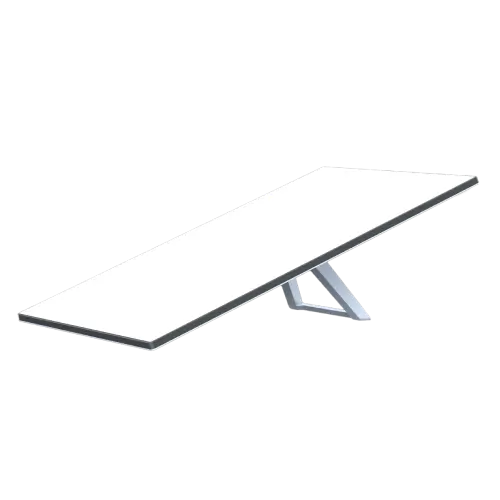
Standard Starlink
Ideal for residential users and everyday internet applications such as streaming, video calls, online gaming, and more. Learn More
- Power Consumption: Average: 75-100 W
Power Supply Specifications for Standard Starlink
- Power Specifications: 100-240V ~ 2.5A 50-60 Hz
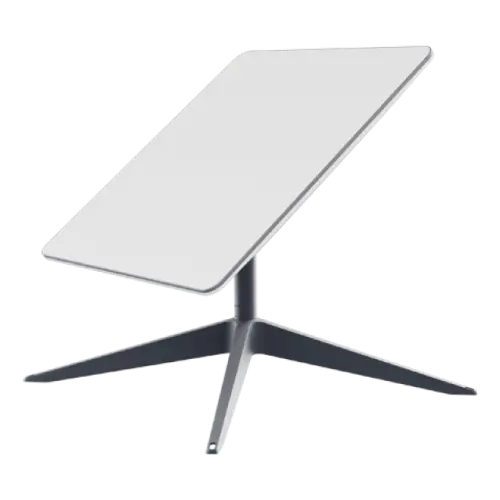
High Performance Starlink
Designed for heavy use, businesses, and enterprise applications. It offers better speeds in high temperatures, can connect to more satellites, and is more resilient to extreme environments. Learn More
- Power Consumption: Average: 110-150 W
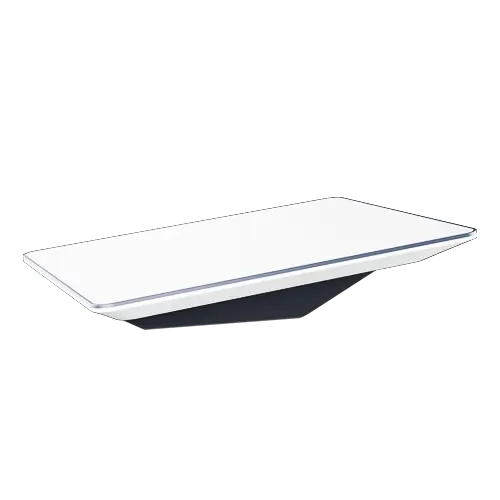
High Performance Flat Panel
Designed for mobile applications and harsh environments, the high-performance flat panel has a wide field of view and advanced GPS functions, allowing it to connect to more satellites and maintain constant connectivity while on the move. It is built for permanent installation and is more resilient to extreme environments. Currently, it is the only antenna designated for in-motion use in approved countries. Learn More
- Power Consumption: Average: 110-150 W
Latest Facts and Figures About Starlink Technology
Starlink’s technological advancements are continually evolving, driven by SpaceX’s commitment to enhancing global internet connectivity. Here are some current facts and figures about Starlink technology:
- Satellite Constellation: As of mid-2024, Starlink has launched over 4,000 satellites, with plans to expand the constellation to 12,000 and potentially up to 42,000 satellites in the future.
- Coverage: Starlink currently provides service to users in over 50 countries, with ongoing expansion to new regions.
- Speed and Latency: Starlink offers download speeds ranging from 50 Mbps to 200 Mbps, with latency as low as 20 milliseconds, making it competitive with traditional broadband services.
- User Base: Starlink has surpassed one million subscribers globally, reflecting its growing popularity and reliability.
Conclusion
Understanding the power supply and consumption of Starlink installations is crucial for ensuring efficient and reliable performance. Whether you are setting up Starlink in a residential setting or an RV, having the right power supply options can make a significant difference. As Starlink continues to expand its satellite network and enhance its technology, it remains a game-changer in global internet connectivity.
FAQs
- How much power does the Starlink Dishy use on average?
- On average, the Starlink Dishy uses between 45-50 watts in idle mode and 100-150 watts during active use.
- Can I use solar power to run my Starlink system?
- Yes, many users successfully power their Starlink systems using solar panels, ensuring they provide sufficient wattage and battery storage for continuous operation.
- Does the power consumption of Starlink vary with weather conditions?
- Yes, extreme weather conditions, such as heavy snow or high temperatures, can increase power consumption due to the Dishy’s built-in heating or cooling mechanisms.
- What are the best power supply options for RV installations?
- Inverter systems, portable generators, and solar power systems are popular options for RV installations, providing flexibility and independence from traditional power sources.
- Is Starlink suitable for remote or off-grid locations?
- Absolutely. Starlink is designed to provide high-speed internet access to remote and underserved areas, making it an excellent option for off-grid locations.

